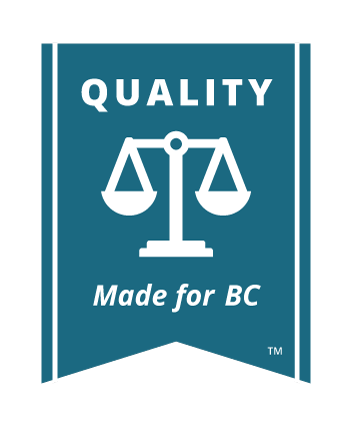The Big Picture
The process of separating or getting a divorce may seem overwhelming. It’s like you’re about to climb Mount Everest in a pair of flip flops. But don`t worry. Lots of couples break up and each spouse moves on with their life. You can too. This course will help you.
Separation and divorce are not easy. It will take some time to work all of the details out. Dealing with the emotional, financial and legal changes will take patience and strength. In fact, ending a long term relationship is one of the most stressful things in life.
The Changes Ahead
For most people, going through a separation or divorce is new. It’s something that has not been done before. You may not know what to expect, what to do, or how you are going to get through it.
It’s important to understand the road ahead, before you begin the journey. Things are changing. You need to consider how these changes will impact you.
Some of the changes you may face are:
- Living arrangements: You may need to move or sell the family home.
- Finances: You may switch from a two income household to a one income household. Managing your personal finances may be new to you.
- Parenting: You will need to parent across two homes. How will you share the responsibilities of caring for your children?
- Lifestyle: It may take some time to adjust to the end of your relationship. The things you do and the people you see may change.

Resources
The Families Change website has information and resources designed to help children, teens and adults understand separation and divorce.
Key Issues
You are going to need to make a lot of decisions in the coming months. These decisions are important since they affect how you move past your separation or divorce. They will affect your future.
The key issues you might face include:
- The Children: Who and how will they be cared for? How will parenting be shared? What child support will be paid? How will unexpected expenses be handled?
- Spousal Support: You may be entitled to receive support. Or, you may be responsible for paying spousal support. What is the right amount?
- Property Division: How will you separate what you own and what you owe? What happens to the family home, the car and other assets? What about debt and credit cards?
Establishing Expectations
You didn’t start your relationship expecting it to end, and now it has. That is disappointing. And, it is going to take some time to work things out. Feeling angry, frustrated, sad, and resentful are normal. Try to be aware of your emotions and if you are feeling like you are drowning, take steps to get help. Do not be afraid of reaching out to those closest to you for support. You do not have to go through the process alone.
The separation or divorce process is a long journey. If you are expecting the process to be easy or quick, you are setting yourself up for disappointment. These are important life decisions you are going to be dealing with, so expect them to take some time to settle. It is going to take a lot of patience, flexibility, and hard work to reach an agreement on all of the elements of separation.

Self-Rep's Tip
Talk to other people who have gone through a separation or divorce to get an idea of what the process is like.
Setting Goals

DIY
Take a moment to fill in the Goal Setting Worksheet to help you focus on your goals.

Mediator's Tip
It is helpful to check in with yourself throughout the separation process. Are you on target? Do you need to adjust your goals?






